The Cretaceous Period facts for kids and adults. Welcome to the ultimate guide to the Cretaceous Period!
The Cretaceous Period was the third and final period of the Mesozoic Era. During the Cretaceous Period dinosaurs continued to rule on land, while giant marine reptiles dominated the oceans.
Although the largest of all of the pterosaurs lived during the Cretaceous Period, the aerial supremacy of the flying reptiles was being challenged by the birds.
Earth would become ever more recognizable throughout the Cretaceous Period, with the continents slowly taking up their current positions. The appearance of flowering plants meant that the landscapes too were becoming more familiar.
Roaming Earth during the Cretaceous Period were some of the best-known dinosaurs, including triceratops, spinosaurus, iguanodon and, perhaps most famous of them all, the fearsome Tyrannosaurus Rex.
The Cretaceous Period ended with a devastating extinction event. The Cretaceous-Paleogene extinction event (also known as the K-Pg extinction event) saw the extinction not only of all of the non-avian dinosaurs, but also of the pterosaurs, the plesiosaurs, and countless other species.
Let’s find out more about this extraordinary period in Earth’s history…
Page Index
- Top Ten Cretaceous Period Facts
- When Was the Cretaceous Period?
- The Cretaceous Period and the Geologic Timescale
- Cretaceous Period Climate & Chalk Formation
- The Continents in the Cretaceous Period
- Plants of the Cretaceous Period
- Animals of the Cretaceous Period
- Non-Dinosaur Animals In The Cretaceous Period
- Mammals in the Cretaceous Period
- Cretaceous Insects
- Birds
- (Non- Dinosaur) Reptiles of the Cretaceous Period
- Flying Reptiles Of The Cretaceous Period
- Marine Reptiles Of The Cretaceous Period
- Mosasaurs
- Marine Invertebrates Of The Cretaceous Period
- Dinosaurs Of The Cretaceous Period
- Meat-Eating Dinosaurs of the Cretaceous Period
- Plant Eating Dinosaurs of the Cretaceous Period
- Sauropods In The Cretaceous Period
- The Cretaceous Period Facts: Further Reading
Other Dinosaur Pages
- Triassic Period: The Ultimate Guide
- Jurassic Period: The Ultimate Guide
- Main dinosaur page
- Dinosaur Books
- Dinosaur DVDs
- Dinosaur Toys & Gifts
Top Ten Cretaceous Period Facts
- The Cretaceous Period began 145 million years ago (Mya) and ended 66 Mya.
- It lasted for 79 million years.
- It was the longest period of the Mesozoic Era.
- It was the third and final period of the Mesozoic Era.
- The Cretaceous Period was preceded by the Jurassic Period, and followed by the Paleogene Period.
- During the Cretaceous Period the northern supercontinent Laurasia and the southern supercontinent Gondwana continued to drift apart. By the end of the Cretaceous Period, the continents would look almost as they do today.
- The word Cretaceous comes from ‘creta’, the Latin word for chalk. During the Cretaceous Period a deep layer of chalk was formed in Western Europe. It was after this layer that the Cretaceous Period was named.
- The first flowering plants (including grasses and leafy trees such as figs, planes and magnolias) appeared during the Cretaceous Period.
- Some of the best-known types of dinosaurs, including Tyrannosaurus Rex and Velociraptor, lived during the period.
- The Cretaceous Period ended with a mass extinction event in which 70% of all species became extinct, including all non-avian dinosaurs.
When Was the Cretaceous Period?
The Cretaceous Period is a period of time in the geologic timescale (see below). It began 145 million years ago (Mya) and ended 66 Mya. It lasted for 79 million years, making it the longest period of the Mesozoic Era.
To get an idea of how long the Cretaceous Period was, consider this: The Cretaceous Period lasted longer than the time that has passed between the end of the dinosaurs and the present day.
The Cretaceous Period was the third and final period of the Mesozoic Era. (The first period of the Mesozoic Era was the Triassic Period. The second period was the Jurassic Period.)
The Cretaceous Period ended with a mass extinction known as the Cretaceous – Paleogene, or K-Pg, extinction event.
Although scientists are unsure of the exact cause of this global catastrophe, the most likely explanation is that Earth was struck by a large meteor. This theory is supported by the presence of a 150 km (93 m) diameter impact crater near the town of Chicxulub, in Mexico.
The Cretaceous – Paleogene extinction event spelled the end not only for the dinosaurs (those that hadn’t evolved into birds, that is), but also for numerous other animal groups, including the pterosaurs, plesiosaurs, mosasaurs and ammonites.
In fact, around 70% of all species living on Earth became extinct at this time.
- You can read more about the Cretaceous – Paleogene extinction event here: Why Did The Dinosaurs Become Extinct?
The Cretaceous Period is divided into two epochs:
- Early Cretaceous Epoch: 145.0 to 100.5 Mya
- Late Cretaceous Epoch: 100.5 to 66 Mya
The Cretaceous Period and the Geologic Timescale
The geologic timescale is a means of connecting periods of history to the layers of rock which were being formed during those periods.
Put another way, a period of time in the geologic time scale – such as the Cretaceous Period –represents the time on Earth during which a particular layer of rock was being formed in the earth’s crust.
During the millions of years of the Cretaceous Period, a layer rich in chalk was formed. The word Cretaceous comes from ‘creta’, the Latin word for chalk.
Therefore, paleontologists can be reasonably certain that fossils they find in this chalk layer belong to animals or plants that lived during the Cretaceous Period.
Cretaceous Period Climate & Chalk Formation
The Cretaceous Period climate was warm and there was little or no polar ice. This led to a high sea level which in turn caused large, shallow inland seas to form over low lying ground.
It was at the bottom of these shallow seas that the layer of chalk that gives the Cretaceous Period its name was formed.
Sedimentary rocks such as chalk are formed by the gradual accumulation of particles carried in water.
Living in the shallow oceans of the Cretaceous Period was a multitude of micro-organisms. When they died they sank to the sea bed. The remains of these micro-organisms gradually formed a sediment which, over millions of years, hardened into a layer of chalk.
The Continents in the Cretaceous Period
At the beginning of the Mesozoic Era there was only one continent – a single, vast landmass known as Pangea. Around 200 Mya – at the very end of the Triassic Period – Pangea began to split into two parts: the northern supercontinent Laurasia, and the southern supercontinent Gondwana, or Gondwanaland.
This process continued during the Jurassic Period. In the Cretaceous Period, the two supercontinents themselves began to split into smaller pieces. This led to the formation of the continents much as we know them today.
The gradual drifting of the continents would continue throughout the Paleogene, and indeed, continues to this day. Regularly travel between Europe and North America? Every year your journey increases by around 1 in. / 2.5 cm!
Laurasia would eventually become North America and Eurasia. This continental break up led to the formation of the Atlantic Ocean. Greenland would remain joined to Europe throughout the Cretaceous Period, only splitting off early in the Paleogene Era.
Laramidia was the domain of the fearsome Tyrannosaurus Rex. It was here that this apex predator preyed on dinosaurs such as triceratops and hadrosaurs right up to the very end of the Cretaceous Period.
In the Cretaceous Period, much of Europe was covered with a shallow ocean. As we’ve seen, this led to the formation of the chalk layer from which the Cretaceous Period gets its name. Europe itself consisted of groups of islands and small landmasses.
Over the course of the Cretaceous Period the southern supercontinent Gondwana split into South America, Africa, Antarctica, Australia, and the Indian subcontinent.
The Indian subcontinent would only join up with the rest of Asia around 10 million years after the end of the Cretaceous Period. The ‘collision’ would create the Himalayan mountain range.
As the supercontinents split into smaller landmasses, more coastlines were formed. This led to a cooler, moister climate. The Cretaceous animals were divided among the continents, and now evolved independently of each other.
Plants of the Cretaceous Period
One of the most notable developments of the Cretaceous Period was the appearance of the first flowering plants. Flowering plants, also known as angiosperms, reproduce using flowers and develop seed-containing structures known as fruits.
The first known flowering plants appeared in Asia around 125 Mya, during the Early Cretaceous.
Archaefructus, a now extinct plant group, is one of the earliest-known types of flowering plant (the name means ‘ancient fruit’). Plants of the genus Archaefructus were submerged wetland plants that grew in China.
By the end of the Cretaceous Period flowering plants had replaced conifers as the dominant trees, and some grasses had also appeared. (Grasslands, however, would not appear until the Paleogene.) Cretaceous forests contained trees such as palms, sycamores, laurels, and magnolias.
The appearance of flowering plants provided an opportunity for many new insect species to appear and flourish. The plants and insects formed a symbiotic relationship (i.e. a relationship in which both species benefit).
The flower would provide the insect with food. In turn, the insect would help distribute the flower's pollen, allowing it to reproduce and spread.
It wasn’t only the insects that would evolve alongside flowering plants. Dinosaurs such as hadrosaurs developed sophisticated eating mechanisms for dealing with the new plant varieties.
Animals of the Cretaceous Period
Non-Dinosaur Animals In The Cretaceous Period
Although the dinosaurs ruled the land during the Cretaceous Period, many other animal groups were present. In order to live alongside the dinosaurs, animals such as mammals and non-dinosaur reptiles had to find their own niches and thrive where the dinosaurs could not.
Mammals in the Cretaceous Period
Being active in the relatively cool nights of the Mesozoic Era led the early mammals to develop acute senses, hair and warm-bloodedness. These typically mammalian characteristics are thought to be a result of having to share Earth with the dinosaurs!
However, mammals did begin to diversify in the Cretaceous Period. By the end of the Cretaceous Period the three main mammalian branches – monotremes (egg laying mammals), metatheria (marsupials), and eutherians (placental mammals) – had all appeared.
Cretaceous Insects
Insects had first appeared many millions of years before the Mesozoic Era, either in the Silurian or Devonian Periods of the Paleozoic Era.
However, the appearance of flowering plants in the Cretaceous allowed insects to diversify rapidly. Insect groups that appeared in the Cretaceous Period include bees, ants, gall wasps and fleas.
Birds of the Cretaceous Period
By the end of the Cretaceous Period bird groups such as the Palaeognathae (ostriches and other flightless birds), Anseriformes (waterfowl), Galliformes (landfowl) and Neoaves (all other modern bird types) had appeared.
(Non- Dinosaur) Reptiles of the Cretaceous Period
In the Triassic Period, a group of reptiles known as archosaurs had appeared. They split into two lines: Pseudosuchia (the crocodile-type reptiles), and Avemetatarsalia (the dinosaurs and pterosaurs).
Most pseudosuchians became extinct in the Jurassic-Triassic extinction event. This left the field open for the dinosaurs to become the dominant land animals in the Jurassic and Cretaceous periods.
However, some pseudosuchians remained. Like the mammals, they had to find their own niches in which they could survive alongside the dinosaurs. For the pseudosuchians, this meant living in rivers, swamps and in the sea.
The crocodiles of the Cretaceous Period were more diverse than those living today. A South American Late Cretaceous, Armadillosuchus, is even thought to have been a burrowing animal!
Several groups of marine crocodiles lived in the Cretaceous Period, including the families Teleosauridae and Pholidosauridae.
One member of the family Pholidosauridae is Sarcosuchus, a fearsome, 10 m (33 ft.) long Cretaceous crocodile whose diet included dinosaurs!
It was during the Cretaceous Period that the first snakes appeared, having evolved from lizards (who themselves had evolved during the Triassic Period).
Flying Reptiles Of The Cretaceous Period
Pterosaurs were the first flying vertebrates. They appeared during the Triassic Period and dominated the air right up to the end of the Cretaceous Period.
It appears that the pterosaurs may have suffered a decline prior to the Cretaceous-Paleogene extinction event that finished them off for good. This may have been caused by competition with flying dinosaurs – otherwise known as birds.
The largest known pterosaur lived during the Cretaceous Period. Quetzalcoatlus had a wingspan that may have reached 15.9 m (52 ft.). This giant flying reptile was found in North America.
Pteranodon was another large pterosaur that lived in the Cretaceous Period. It too lived in North America.
Marine Reptiles Of The Cretaceous Period
Two types of plesiosaur were present in the Cretaceous Period. The plesiosauroids had long necks and small heads. The pliosauroids (also known as pliosaurs) had short necks, and large heads.
The plesiosauroids were present right up to the end of the Mesozoic Era. The pliosaurs, however, became extinct around 89.3 Mya, long before the end of the Cretaceous Period.
Albertonectes was a plesiosauroid that lived in the Late Cretaceous. It was the longest-known plesiosaur, and competes with the Elasmosaurus, another plesiosaur for the title of ‘longest-necked animal ever to have lived’.
Kronosaurus was a pliosaur of the early Cretaceous Period. It grew to lengths of 10.5 meters (34 ft.), and is one of the biggest pliosaurs yet discovered.
The ichthyosaurs were another group of marine reptiles. Abundant in the Jurassic Period, they fared poorly in the Cretaceous, and became extinct before the end of the period.
One of the last-known ichthyosaurs was Platypterygius, a 7 meter (23 ft.) long, dolphin-like reptile that was found in many parts of the world.
Mosasaurs
One reason put forward for the disappearance of the ichthyosaurs was the appearance of the mosasaurs. These large marine reptiles appeared in the early Cretaceous, having evolved from lizards.
Mosasaurus was a mosasaur that lived at the very end of the Cretaceous Period. Reaching lengths of up to 17 m (56 ft.), this fearsome predator was one of the very largest mosasaurs.
Marine Invertebrates Of The Cretaceous Period
Sharing the oceans with the reptiles and fish were numerous invertebrates. Animals to appear during the Cretaceous Period include the first true lobsters and squids.
Dinosaurs Of The Cretaceous Period
Meat-Eating Dinosaurs of the Cretaceous Period
During the Cretaceous Period dinosaurs were at their most diverse, and many of the best-known dinosaurs were alive at this time.
Tyrannosaurs Rex was perhaps the best-known of them all. This terrifying, two-legged killing machine first appeared towards the end of the Cretaceous Period. It grew up to 6 m (20 feet) tall and weighed up to 6,000 kg (6.5 tons). Its teeth were 15 cm (6 in) long.
Rex was intelligent, and equipped with acute senses of smell and sight. Scientists estimate that T Rex would have been able to spot potential prey 6 km (3.7 miles) away!
Another carnivorous dinosaur that evolved during the middle of the Cretaceous period was Spinosaurus. It was even bigger than Tyrannosaurus Rex, weighing in at 9,000 kg (10 tons). It is thought that Spinosaurus may have had a semi-aquatic, fish-eating lifestyle.
Velociraptor is another of the ‘stars’ of the Cretaceous period. This small predator was intelligent and fast-moving; able to pounce on its prey from above with flexible claws and sharp teeth. This pack animal could sprint at 60kph (40mph). Scientists now think that it was feathered.
Velociraptor could take down dinosaurs twice its size, which is even more impressive when taking into account its incredibly light frame: it weighed only around 15kg (33 pounds) yet was around 2m (7 feet) in length.
Plant Eating Dinosaurs of the Cretaceous Period
Although meat-eaters such as T. Rex get all the headlines, plant eaters were also thriving in the Cretaceous Period.
One of the best-known Cretaceous plant eaters of the Late Cretaceous is Parasaurolophus. This 2.5 tonne dinosaur had a distinctive tube-like crest. When eating Parasaurolophus would break off pieces of foliage with its beak-like mouth and chew and grind the food using its sophisticated jaws and teeth.
Parasaurolophus was a member of a group of dinosaurs called hadrosaurids, or hadrosaurs. Members of this group are also known as ‘duck-billed’ dinosaurs. The name comes from the flat, duck bill-like shape of the front of their skulls. Other Cretaceous hadrosaurs include Edmontosaurus and Iguanodon.
Hadrosaurs were able to walk both on all four legs and on just their hind legs. It is likely that while foraging they would have used all four legs, but when running they would have used just their hind legs.
The sophisticated mouthparts of the hadrosaurs – which had evolved to deal with the newly-arrived flowering plants – are a possible explanation as to why the group was more successful than the sauropods (see below) in the Cretaceous Period.
The duck-billed dinosaurs were themselves members of the larger dinosaur group: Ornithischia. Ornithischians were mainly herbivorous, and were characterized by having a hip structure similar to that found in birds (the name Ornithischia means ‘bird-hipped’).
Other familiar ornithischian dinosaurs of the Cretaceous Period include Triceratops and Ankylosaurus.
Ornithischia was one of the two main dinosaur groups. The other main group was Saurischia, which means ‘lizard-hipped’. Saurischia includes the theropods (carnivorous dinosaurs such as T Rex, Spinosaurus and Velociraptor) and the sauropods.
Sauropods In The Cretaceous Period
The Cretaceous saw many sauropods disappear, with ornithischians such as the duck-billed hadrosaurs becoming the main land herbivores.
However, the Late Cretaceous did see the appearance of the Titanosaurs – a group of sauropods known primarily for their enormous size.
Argentinosaurus was a titanosaur that lived in South America during the Late Cretaceous. It grew to almost 40 m (131 ft.) in length and 7.3 m (24 ft.) in shoulder height. It was possibly not only the largest dinosaur, but also the largest land animal, that has ever lived.
The Cretaceous Period Facts: Conclusion
We hope that you have enjoyed this exploration of the Cretaceous Period.
You'll find more amazing prehistoric information in the following pages:
- Dinosaur Facts: Main Page
- List of Dinosaurs with Pictures and Information
- Dinosaur Periods of the Mesozoic Era
- Types of Dinosaurs
- Why did Dinosaurs Become Extinct?
- When were Dinosaurs Alive?
- How Long Were Dinosaurs On Earth?
- Animals That Lived With Dinosaurs
- List Of Prehistoric Animals That Are Not Dinosaurs
- When Did Dinosaurs Go Extinct?
- How Big Was the Asteroid That Killed the Dinosaurs?
- What is the Smallest Dinosaur?
- Are Dinosaurs Reptiles?
- Were Dinosaurs Real?
- When Were Dinosaurs Discovered?
- How Long Ago Did Dinosaurs Live?

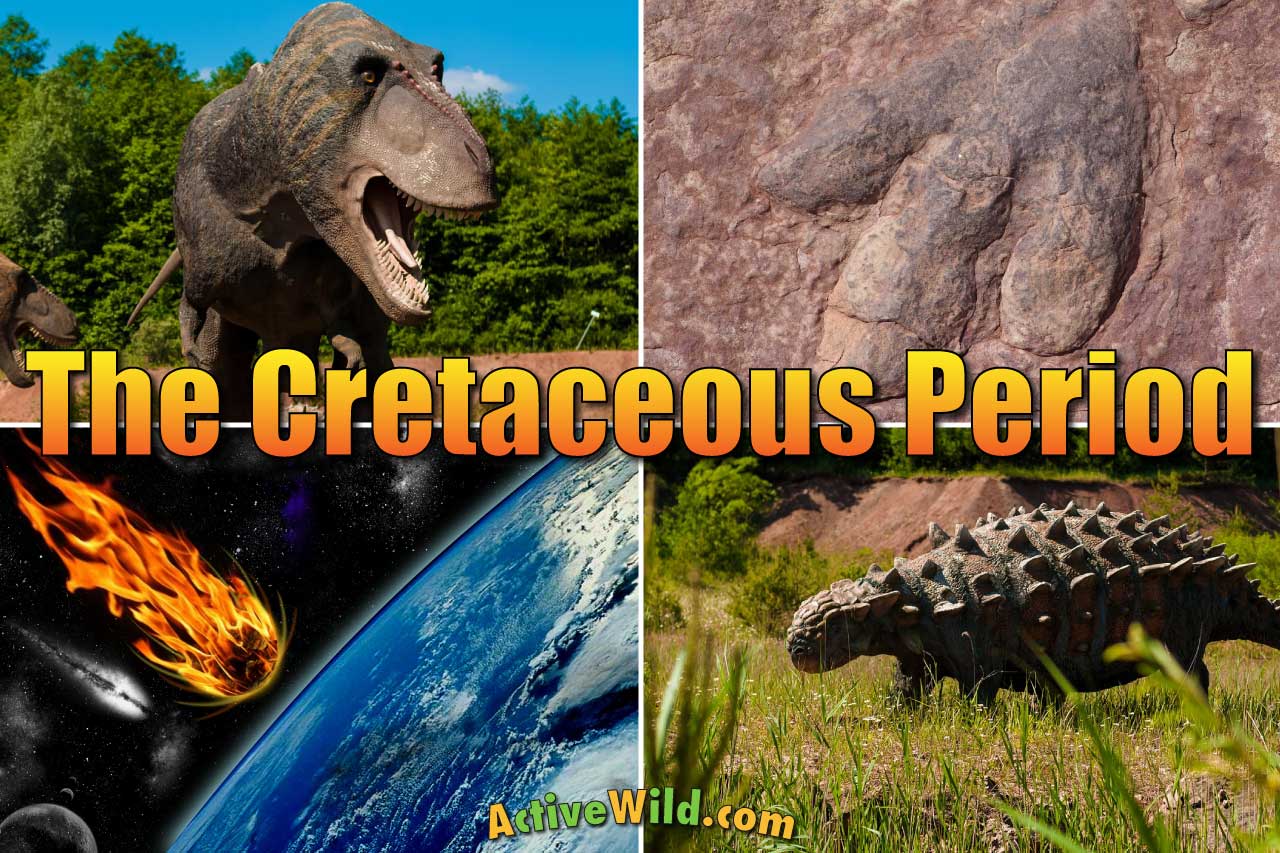

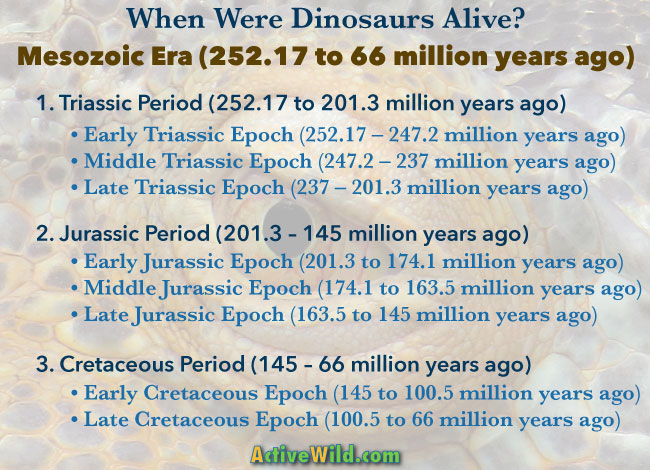
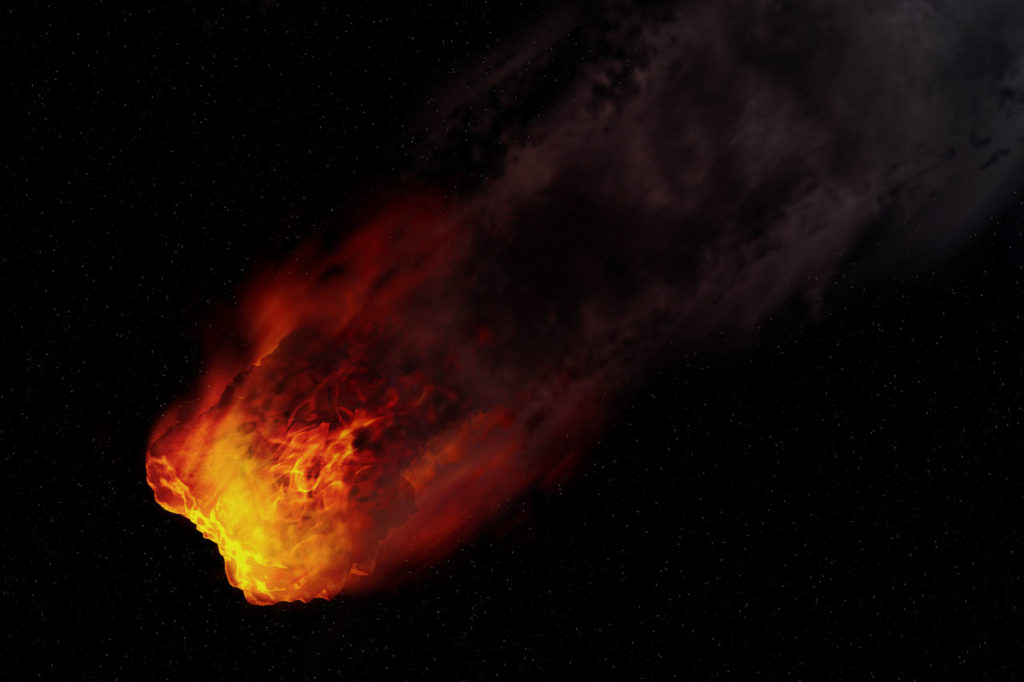
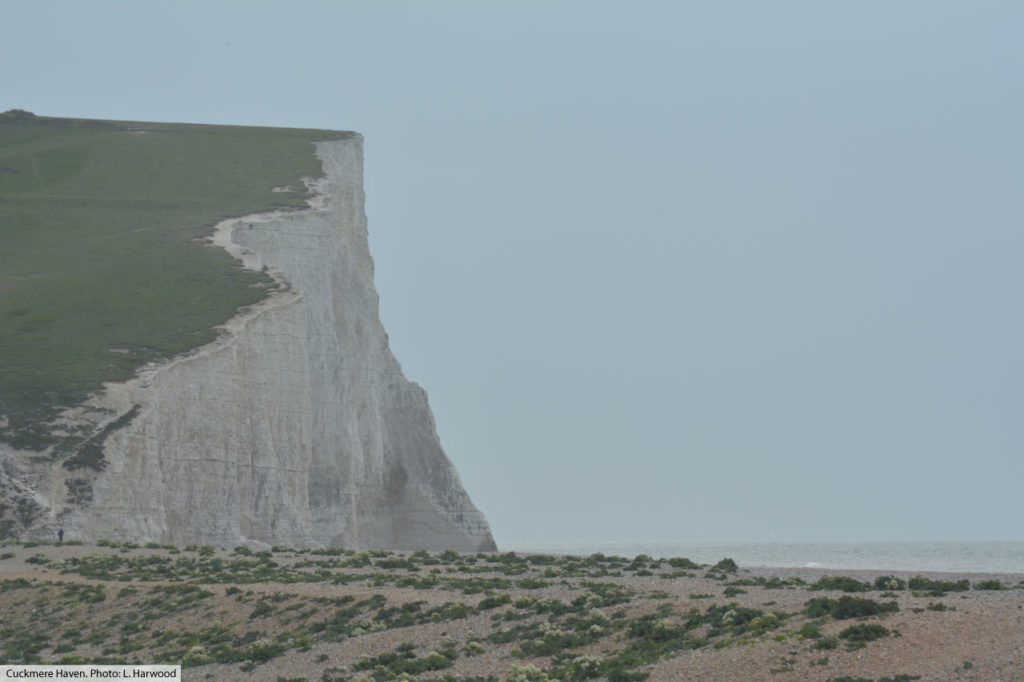


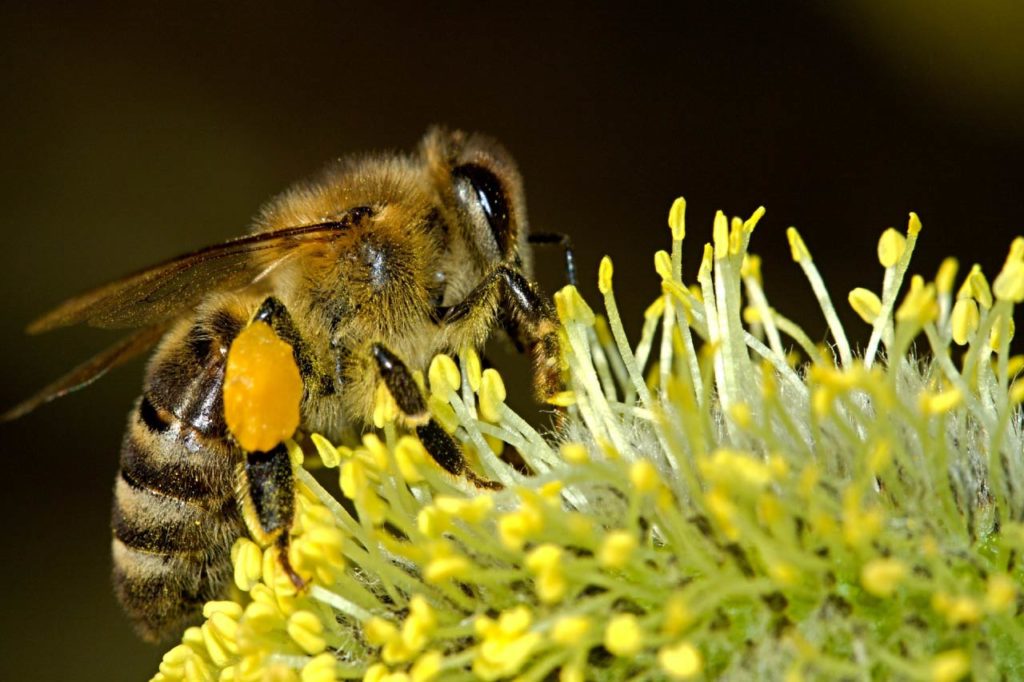



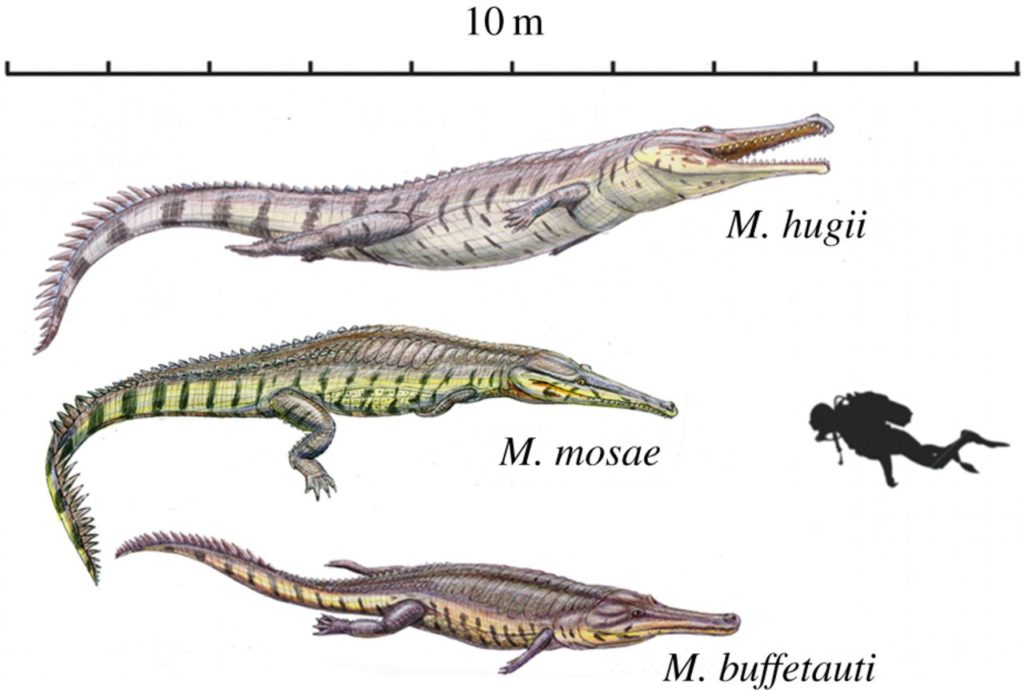




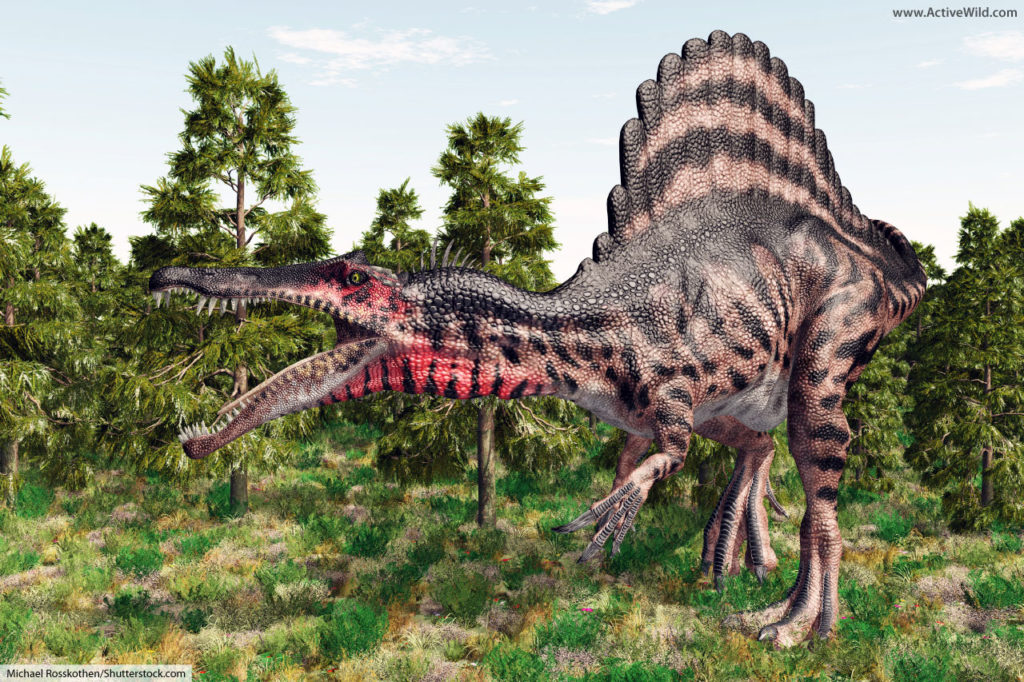
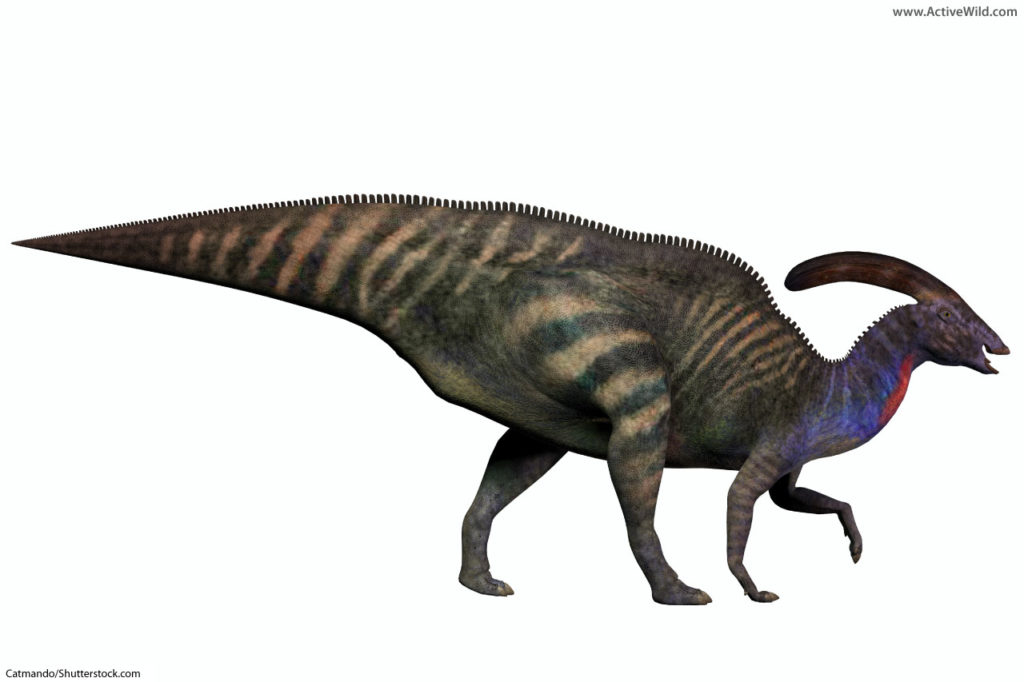


wow so much stuff for everyone to learn even adults.